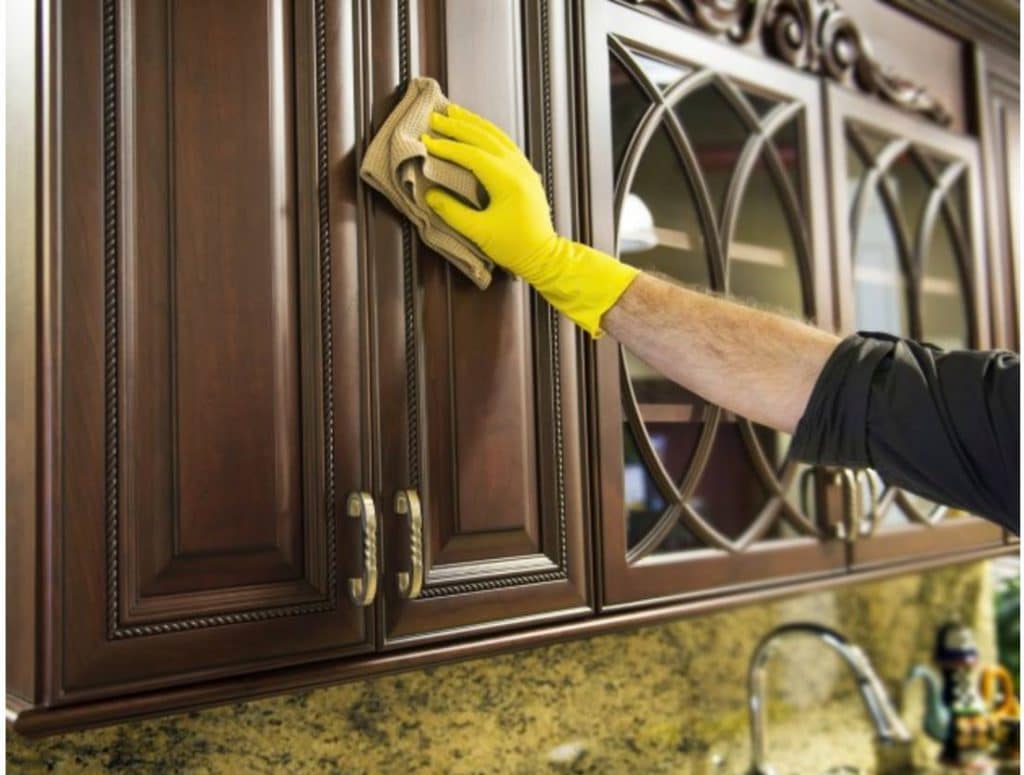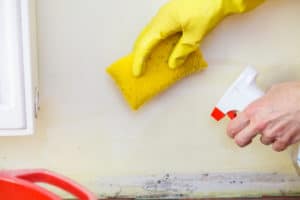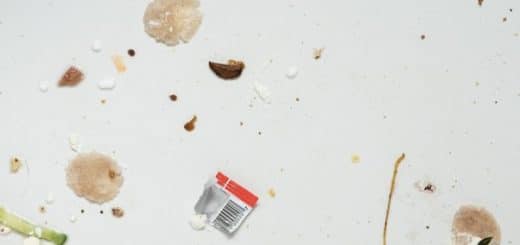How to React to Mold When Spring Cleaning
Spring is a time of the year when many people set aside time to conduct a deep home cleaning. People clean up dirt and dust that has accumulated throughout the year, and some people even clean up their personal items, donating old belongings and contents that are no longer of any use.
During this spring cleaning, you may find that more than just dust and dirt have accumulated in your home. You might come across moldMold is a type of fungus that grows in damp or humid conditi... More colonies growing on your home’s walls and other building materials.
Whether it is just a small amount of moldMold is a type of fungus that grows in damp or humid conditi... More growth or a large colony of moldMold is a type of fungus that grows in damp or humid conditi... More, you need to know what to do and act quickly. Otherwise, the moldMold is a type of fungus that grows in damp or humid conditi... More can cause further damage, spreading to new areas of your home.
Continue reading for tips on how to react to moldMold is a type of fungus that grows in damp or humid conditi... More when spring cleaning.
Understanding Mold Growth
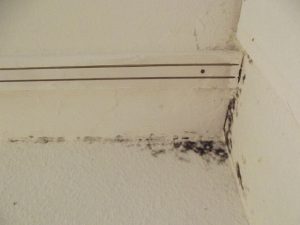
Small amounts of moldMold is a type of fungus that grows in damp or humid conditi... More can also be dangerous to your health.
MoldMold is a type of fungus that grows in damp or humid conditi... More sporesSpores are microscopic reproductive units of fungi or mold t... More are natural to the environment, so whether you are indoors or outdoors, there are moldMold is a type of fungus that grows in damp or humid conditi... More sporesSpores are microscopic reproductive units of fungi or mold t... More present. Due to this, it is impossible to completely remove moldMold is a type of fungus that grows in damp or humid conditi... More sporesSpores are microscopic reproductive units of fungi or mold t... More from your home. But it can reach the point where moldMold is a type of fungus that grows in damp or humid conditi... More is hazardous and potentially harmful to you and your family.
MoldMold is a type of fungus that grows in damp or humid conditi... More becomes problematic when it grows into colonies, which occurs when the sporesSpores are microscopic reproductive units of fungi or mold t... More encounter the proper conditions. It ruins whatever materials and surfaces it is growing on and can cause some people to suffer from negative health effects, like allergies. With prolonged exposure, people can suffer from more severe health problems.
To grow, moldMold is a type of fungus that grows in damp or humid conditi... More sporesSpores are microscopic reproductive units of fungi or mold t... More need a food source and a moisture source. Often, moldMold is a type of fungus that grows in damp or humid conditi... More uses cellulose, an organic substance that is found in many common building materials including wood and drywall, as a food source. Because of this, water damage often leads to moldMold is a type of fungus that grows in damp or humid conditi... More growth. MoldMold is a type of fungus that grows in damp or humid conditi... More also thrives in warm, humid environments, making the fungus more of a concern when warmer temperatures arrive.
Act Quickly and Protect Yourself
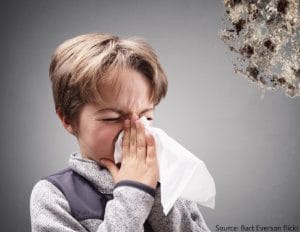
MoldMold is a type of fungus that grows in damp or humid conditi... More can cause inflammation and allergy flare ups.
Because moldMold is a type of fungus that grows in damp or humid conditi... More can easily spread to new areas of your property, it is crucial that you act quickly to resolve any moldMold is a type of fungus that grows in damp or humid conditi... More growth. But you need to also make sure that you protect yourself from the moldMold is a type of fungus that grows in damp or humid conditi... More.
As aforementioned, moldMold is a type of fungus that grows in damp or humid conditi... More can cause allergic symptoms that worsen with time, so you want to make sure you are protected from the fungus. At the least, you should wear a mask and gloves when addressing a moldMold is a type of fungus that grows in damp or humid conditi... More problem.
Locate the Water Source
Before you clean and remove the moldMold is a type of fungus that grows in damp or humid conditi... More, you need to first address the moisture source that triggered its growth. Otherwise, the moldMold is a type of fungus that grows in damp or humid conditi... More will have the moisture it needs to continue growing. For example, if a pipe leak caused water damage and, in turn, moldMold is a type of fungus that grows in damp or humid conditi... More growth, then you first need to stop and fix the leak.
DIY Mold Removal
After you address the moisture source, it is time for moldMold is a type of fungus that grows in damp or humid conditi... More removal.
If the moldMold is a type of fungus that grows in damp or humid conditi... More growth in your home affects only a small area, then it is acceptable to use home remedies. Bleach and vinegar are two common items you can use to remove moldMold is a type of fungus that grows in damp or humid conditi... More.
Using Vinegar
Make sure you are using undiluted vinegar. You will apply the vinegar to the moldy area using either a washcloth or a spray bottle. After allowing it to sit for an hour, rinse the affected section with water.
Using a Bleach Solution
Create a mixture of 10 parts water and 1-part bleach. Put the solutionA solution is a homogeneous mixture of two or more substance... More in a spray bottle and spray it on to the affected area. As with the vinegar method, you can also use a washcloth to apply the solutionA solution is a homogeneous mixture of two or more substance... More to the moldy section. Allow the area to dry, and repeat the steps as needed.
Using a Borax Solution
Borax is also an option for moldMold is a type of fungus that grows in damp or humid conditi... More removal; however, this method requires a HEPA-filtered vacuum. You will first use the vacuum to gather any loose moldMold is a type of fungus that grows in damp or humid conditi... More. Then, create a solutionA solution is a homogeneous mixture of two or more substance... More of 5 parts water and 2 parts borax. Use this solutionA solution is a homogeneous mixture of two or more substance... More to scrub the affected areas. Allow the section to dry, and repeat these steps if needed.
Get Professional Mold Removal Help
If moldMold is a type of fungus that grows in damp or humid conditi... More has affected over 10 square feet of your home, then you should not use do-it-yourself moldMold is a type of fungus that grows in damp or humid conditi... More removal techniques, because it is not safe to do so. The same goes for if you are sensitive to moldMold is a type of fungus that grows in damp or humid conditi... More, or even if you just do not want to expose yourself to the fungus. These instances require professional help from technicians who are qualified and equipped to handle any case of moldMold is a type of fungus that grows in damp or humid conditi... More growth.
In the event that your home has moldMold is a type of fungus that grows in damp or humid conditi... More growing in it, you need to seek help from professional mold remediation services. Within these services, professional technicians will remove all cases of moldMold is a type of fungus that grows in damp or humid conditi... More growth, including concealed cases, from your home, and clean the affected areas. Furthermore, technicians will work to prevent to moldMold is a type of fungus that grows in damp or humid conditi... More from growing in your property again. With professional mold remediationMold remediation is the process of identifying, removing, an... More help, your home will be a safe environment for you and your family to live in once again.










